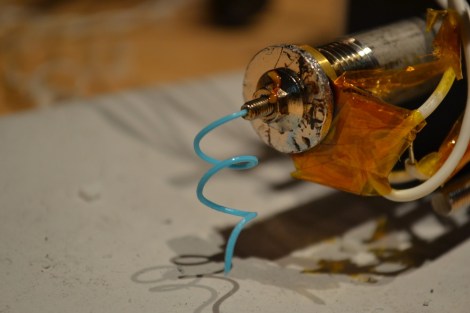In 1988, Apple introduced the Macintosh IIx, an upgrade of the Mac II that included a Motorola 68030 CPU. The IIcx – a compact version of the IIx, also with a 68030 – was introduced in 1989. That same year, product designers at Apple created a more powerful version of the all-in-one Macintosh SE using the same CPU found in the IIx and IIcx. Unfortunately, the naming convention didn’t hold but the Macintosh SE/30 is still the greatest computer Apple will ever build.
Earlier this month, [Greg] sent in a submission for our retro edition successes. A huge mac fan, [Greg] connected his Powerbook Duo to an Ethernet adapter and loaded up our retro edition. [Greg] is back again, this time with an SE/30.
In the three pictures [Greg] sent us (in the gallery after the break), you can see his extremely clean SE/30 booting into System 7 and loading up our retro site. In the third picture, you can see [Greg] playing Bolo, one of the first network-enabled games ever made, and still a very fun waste of time today.
If you’re wondering what makes the SE/30 so great, consider this: the SE/30 is able to address up to 128 MB of RAM. Keep in mind this computer is from an era when one or two Megabytes of RAM would be more than enough to get just about any job done. The SE/30 also made a fabulous server. Even today it would be a capable home media server if it weren’t for its relatively slow networking capabilities and 2 Gigabyte file size (not volume size) limit.
[Greg] has a very cool machine on his hands here, and we’re pleased as punch his SE/30 could make its way over to our retro site.
Continue reading “Hackaday Retro Edition: The Macintosh SE/30”













